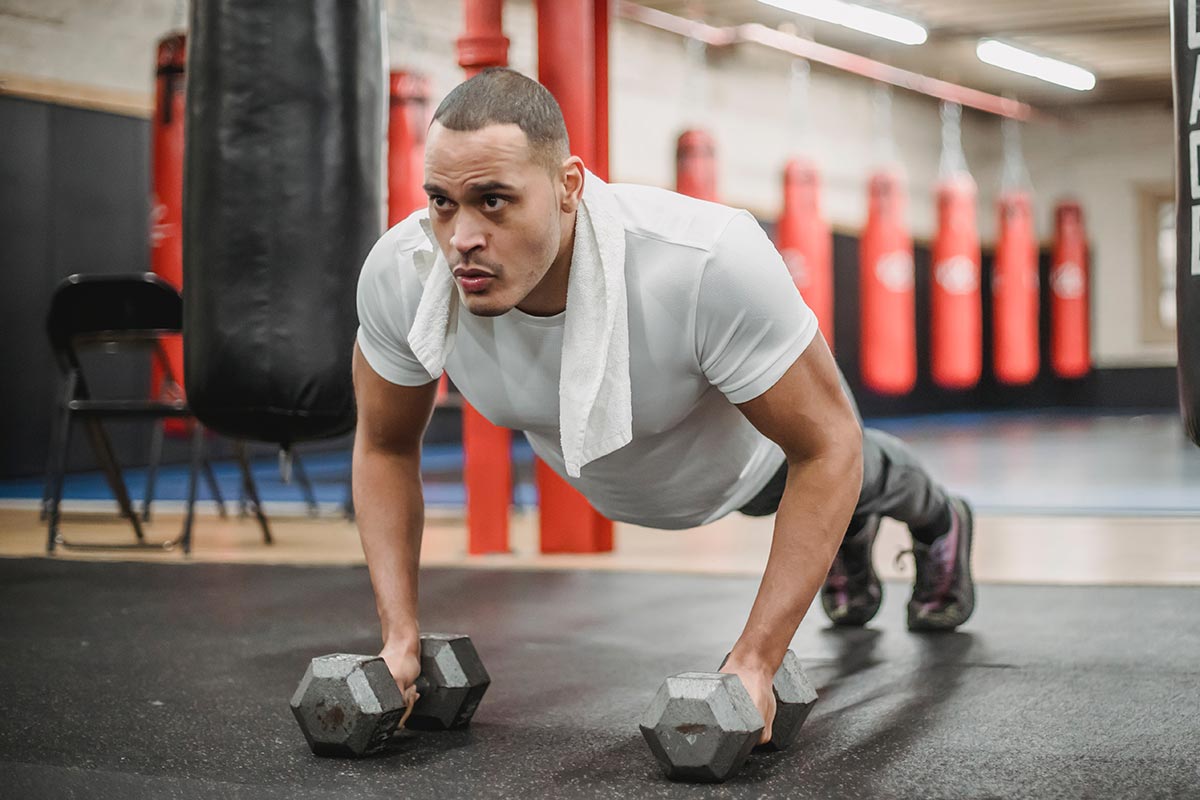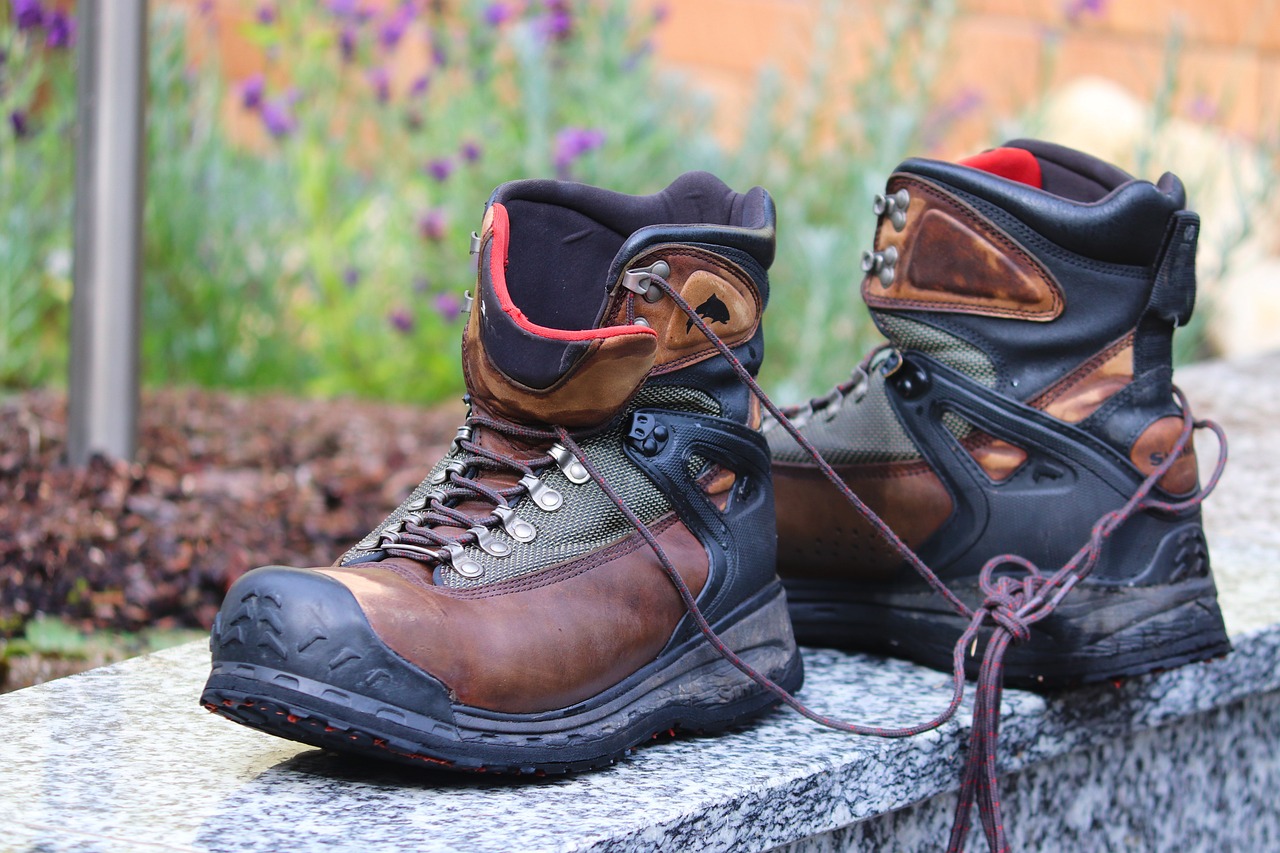There has been much written on the subject of periodization and variation in resistance training. I'm a strong advocate of these principles, both from personal experience and from observing the results others have achieved using them. However, while these concepts are widely acknowledged, the finer details of exercise variation are often overlooked. Small changes in your training can have a butterfly effect, dramatically impacting your progress. Let’s explore how.
The Hidden Variables in Training
Resistance training offers an infinite number of programming options. From rep ranges and intensity to volume and rest intervals, the possibilities are endless. Add advanced techniques like supersets, wave loading, or drop sets, and the complexity multiplies. Yet, many focus solely on these elements while ignoring the foundation: exercise selection. The truth is, your body adapts to exercises over time, and without variation, progress can stagnate.
Exercise Selection: The Overlooked Key
Sticking to the same movements for months might feel comfortable, but it’s often why progress stalls. The body is a master of adaptation. Even if you frequently change rep ranges or rest intervals, repeating the same exercises limits growth. Variations—whether in the form of new movements or slight tweaks to existing ones—can reintroduce the stimulus your body needs to adapt and grow stronger. The good news? These changes don’t require overhauling your entire program.
Small Changes, Big Impact
Sometimes, a slight variation in a familiar movement can reignite progress. For instance, switching from a traditional bench press to a dumbbell chest bench press increases the range of motion and challenges stabilizing muscles. Similarly, altering your grip on pull-ups or deadlifts can shift the emphasis to underutilized muscle groups. These small adjustments might seem insignificant, but they can break plateaus and prevent mental fatigue.
Examples of Effective Variations
Let’s delve into some practical examples of exercise variations. Take the squat, for instance. A goblet squat changes the load distribution, engaging the core more intensely. For deadlifts, Romanian deadlifts isolate the posterior chain, offering a new challenge. Even slight tweaks like adjusting stance width or grip angle can produce significant results. The key is experimentation and listening to your body’s feedback.
Grip Changes: A Simple Yet Powerful Tool
One of the easiest ways to introduce variety is by altering your grip. Whether it’s using a neutral grip on pull-ups or switching to a mixed grip on deadlifts, these changes can target different muscles and improve overall strength. For rows, try supine rows to engage the back and core in new ways. Such modifications not only diversify your routine but also enhance functional strength, benefiting daily activities.
Overcoming Mental Plateaus
Variation isn’t just about physical adaptation; it’s also crucial for mental engagement. Repeating the same exercises week after week can lead to boredom and reduced motivation. By incorporating new movements or adjusting familiar ones, you keep workouts fresh and exciting. This mental stimulation translates to better focus and effort, maximizing the effectiveness of each session.
The Science Behind Variation
Scientific research supports the importance of exercise variation. Studies show that muscle growth and strength gains are optimized when training variables are periodically altered. This prevents overuse injuries and ensures a well-rounded development of muscle groups. Moreover, variations challenge neural pathways, improving coordination and overall performance. The result is not just a stronger body but a more resilient one.
How to Implement Variations
Introducing variations doesn’t mean abandoning your current program. Start small by replacing one or two exercises every few weeks. For instance, swap barbell bench presses for dumbbell floor presses or substitute traditional squats with Bulgarian split squats. Gradually incorporate more changes, focusing on areas where progress has stalled. Remember, the goal is to keep your body guessing while maintaining a structured approach.
Listening to Your Body
While variation is essential, it’s equally important to listen to your body. Not every exercise will suit your biomechanics or goals. Pay attention to how movements feel and adjust accordingly. If a variation causes discomfort or doesn’t yield results, don’t hesitate to try something else. The journey to progress is unique for everyone, and finding what works best for you is part of the process.
Progress in fitness isn’t about monumental shifts; it’s about embracing the small, meaningful changes that collectively make a big difference. By varying exercises, experimenting with grip and stance, and keeping your workouts mentally engaging, you can break through plateaus and achieve continuous improvement. The butterfly effect of training lies in these subtle adjustments, transforming stagnation into steady progress. So, don’t be afraid to innovate. Your body—and your results—will thank you.













